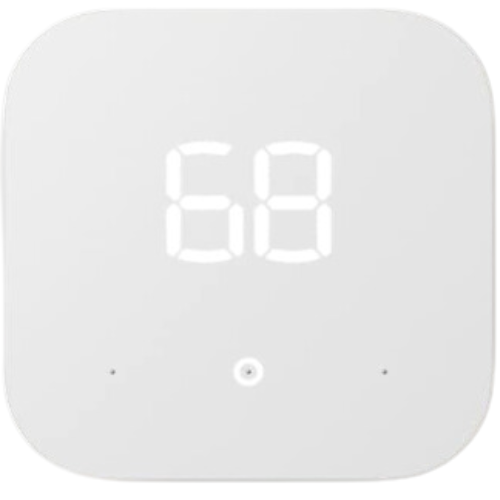Smart Thermostats
Smart thermostats are incredibly useful for both caregivers and individuals in home healthcare, caregiver support, and independent living situations, including those with dementia or Alzheimer’s, offering a range of features that promote accessibility, safety, and convenience.
One notable feature is voice command control, which allows users to adjust temperature settings and manage their home climate simply by speaking. This feature is particularly beneficial for individuals with limited mobility, as it eliminates the need to physically reach for the thermostat, reducing the risk of falls or accidents. Furthermore, voice command control grants a sense of independence to individuals, enabling them to have greater control over their immediate environment. Caregivers also benefit from this feature, as they can remotely assist or monitor temperature adjustments, providing peace of mind and ensuring the comfort and well-being of their loved ones.
Key features of smart thermostats for caregivers and individuals include:
- Voice Command Control: By enabling temperature adjustments through voice commands, smart thermostats offer a hands-free and accessible solution for individuals, promoting independence and reducing physical strain.
- Remote Monitoring: Caregivers can remotely monitor and adjust the thermostat settings, ensuring a comfortable environment for individuals even when they are not physically present.
- Temperature Scheduling: Smart thermostats allow caregivers to set temperature schedules based on the individual’s routine, ensuring a consistent and comfortable climate throughout the day.
- Integration with Home Automation: Smart thermostats integrate seamlessly with other smart devices, such as smart lighting or motorized blinds, allowing caregivers to create a cohesive and accessible living space tailored to the individual’s needs.
These features of smart thermostats can significantly enhance the quality of life for individuals in home healthcare, caregiver support, and independent living situations, including those with dementia or Alzheimer’s, by promoting independence, comfort, and safety, while also providing caregivers with the necessary tools to remotely monitor and manage the home environment.


